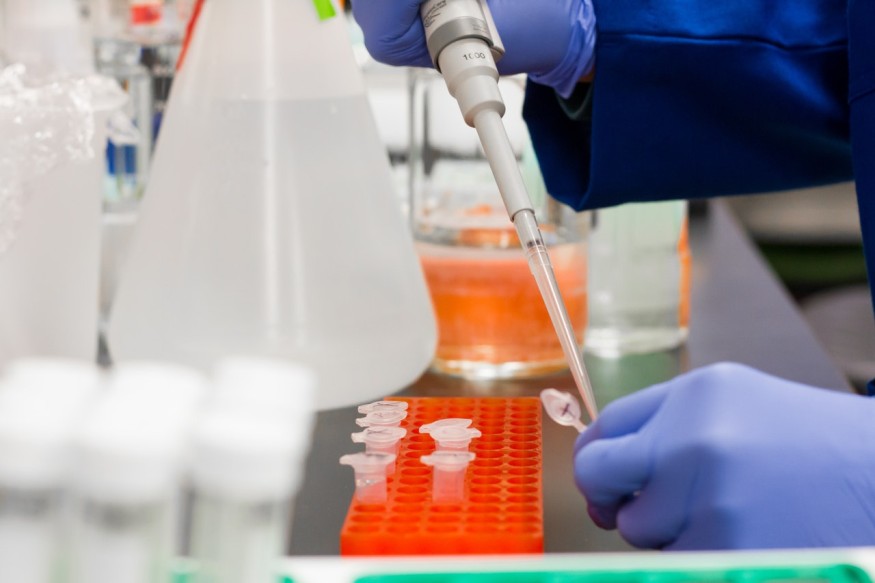
In biochemical research, the study of proteins is an essential part of understanding the ways in which proteins behave. Acquiring proteins for research is a complex process that is much more difficult than simply gathering a sample of a high-protein tissue, or mixing a concentrated solution. Before proteins can be studied, protein samples must undergo a process known as protein purification.
Here are some of the most commonly asked questions about protein purification. This includes how the process works, why it is essential, and the steps and applications involved.
What Is Protein Purification?
Protein purification is a process, or a number of processes, geared toward isolating a single protein or a single type of protein. These proteins are extracted from a mixed substance such as a tissue or a cell, or from a culture designed to stimulate over-expression. Most protein purification methods involve multiple steps that isolate the desired protein further and further until it is the only protein left in the sample.
Why Do We Purify Proteins?
Researchers purify proteins for two major purposes. Certain types of commercial products such as biopharmaceutical drugs and nutritional proteins require the addition of large quantities of purified protein for use. Researchers may also purify proteins to analyze the function, structure, and behavior of proteins in the lab.
What Are the Steps Involved in Protein Purification?
Although different proteins may have slightly different differing methods of purification, depending on the nature of the protein and the organism that carries it, the same general steps apply:
Extraction. First, researchers must begin to separate proteins from the cells that contain them; the method used during this step depends largely on the stability of both the protein and the cell. The goal is to break down the surrounding cell tissue without damaging the protein. This is often achieved by high-pressure homogenization, grinding, thawing and freezing in cycle, agitation by sound energy, or by using detergents and enzymes. After separation, the resulting mixture is put into a centrifuge to further separate and remove debris.
Precipitation. Once proteins and other soluble compounds are separated from cell debris, the proteins themselves must be isolated from this mixture. In most cases, researchers add a substance like ammonium sulfate, which forms a precipitation chemical reaction that causes a solid to form. This solid protein aggregation can be removed from solution and exposed to a centrifuge for further separation.
Purification. Often, chromatography is used to separate protein in a solution with a porous gel. The gel and solution flow through a column prepared with materials, and proteins are selected from the solution as they interact with each material, resulting in a final concentration of purified protein. Chromatography can select proteins based on size (size exclusion chromatography), charge (ion exchange chromatography) or affinity for a particular ligand. Gel electrophoresis is another popular purification method that involves drawing purified proteins through a gel, according to ionic charge.
Q: What Are Some Experimental Applications for Protein Samples?
A purified protein sample has multiple research applications. The two most common are structural studies and in vitro biochemical assays. Structural studies often involve using a scanning electron microscope, or x-ray crystallography to examine, analyze, and manipulate the structure of an isolated protein. In vitro biochemical assays, by contrast, involve study and manipulation of the protein's binding and other biomolecular activity while in a test tube or culture dish.
Protein Purification is an Essential Part of Research
Currently, crucial biotechnology industries such as pharmaceuticals and the food and supplement industry rely on access to purified proteins. The continued study of the structure and function of proteins allows drug developers to craft medications that bind specifically to a target protein with particular properties. As advances in purification continue, these industries will undoubtedly experience further growth.
© 2025 NatureWorldNews.com All rights reserved. Do not reproduce without permission.





